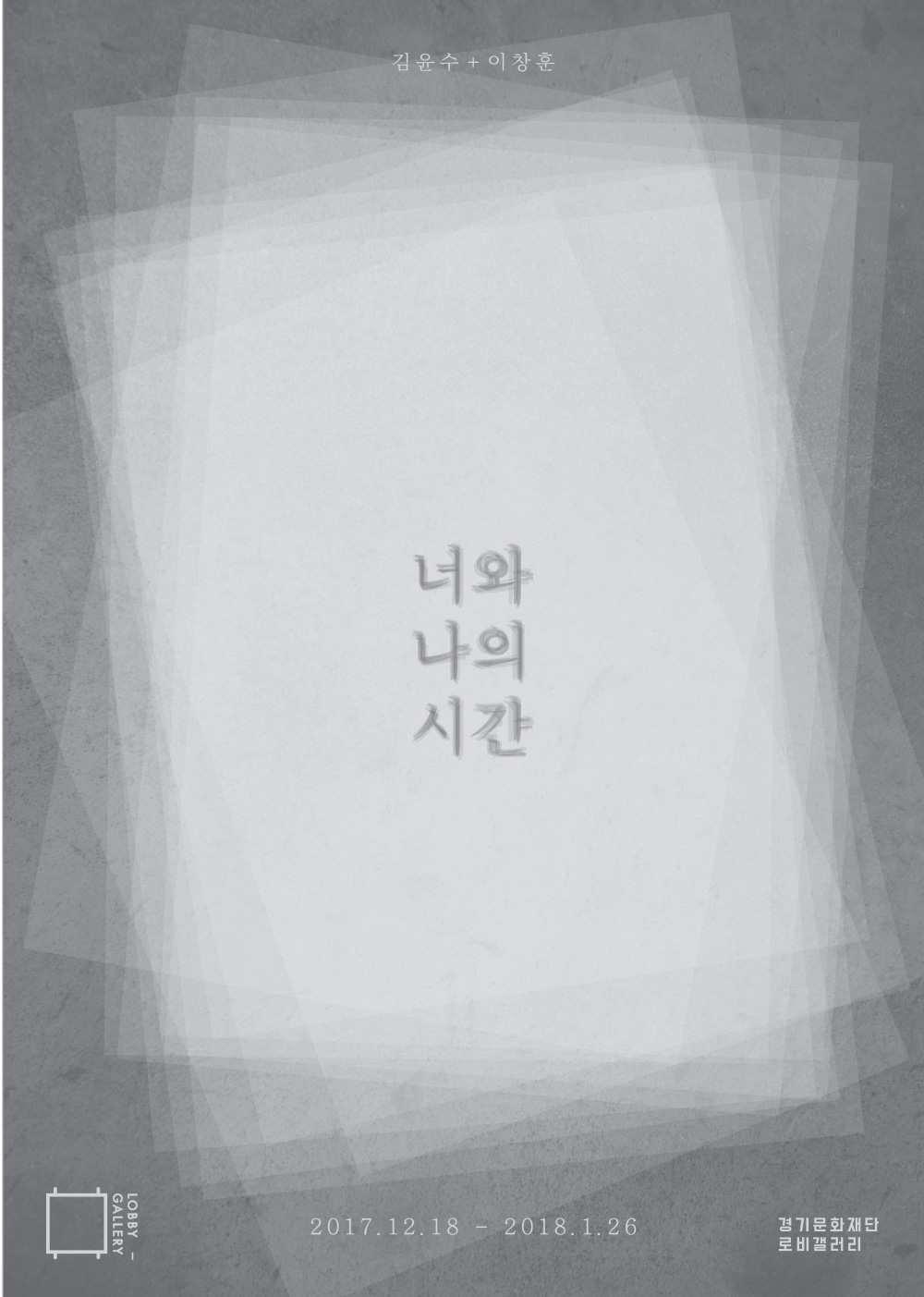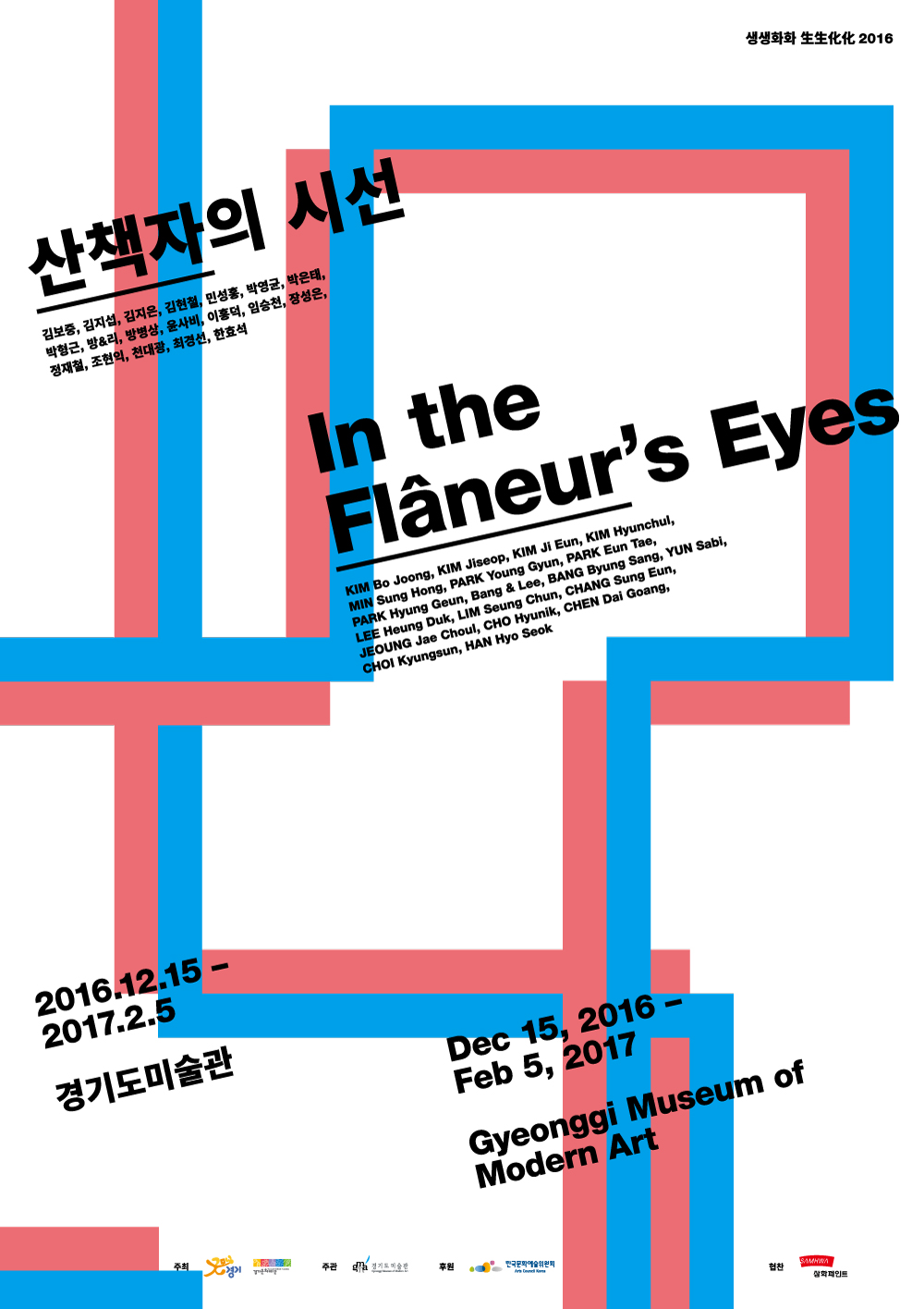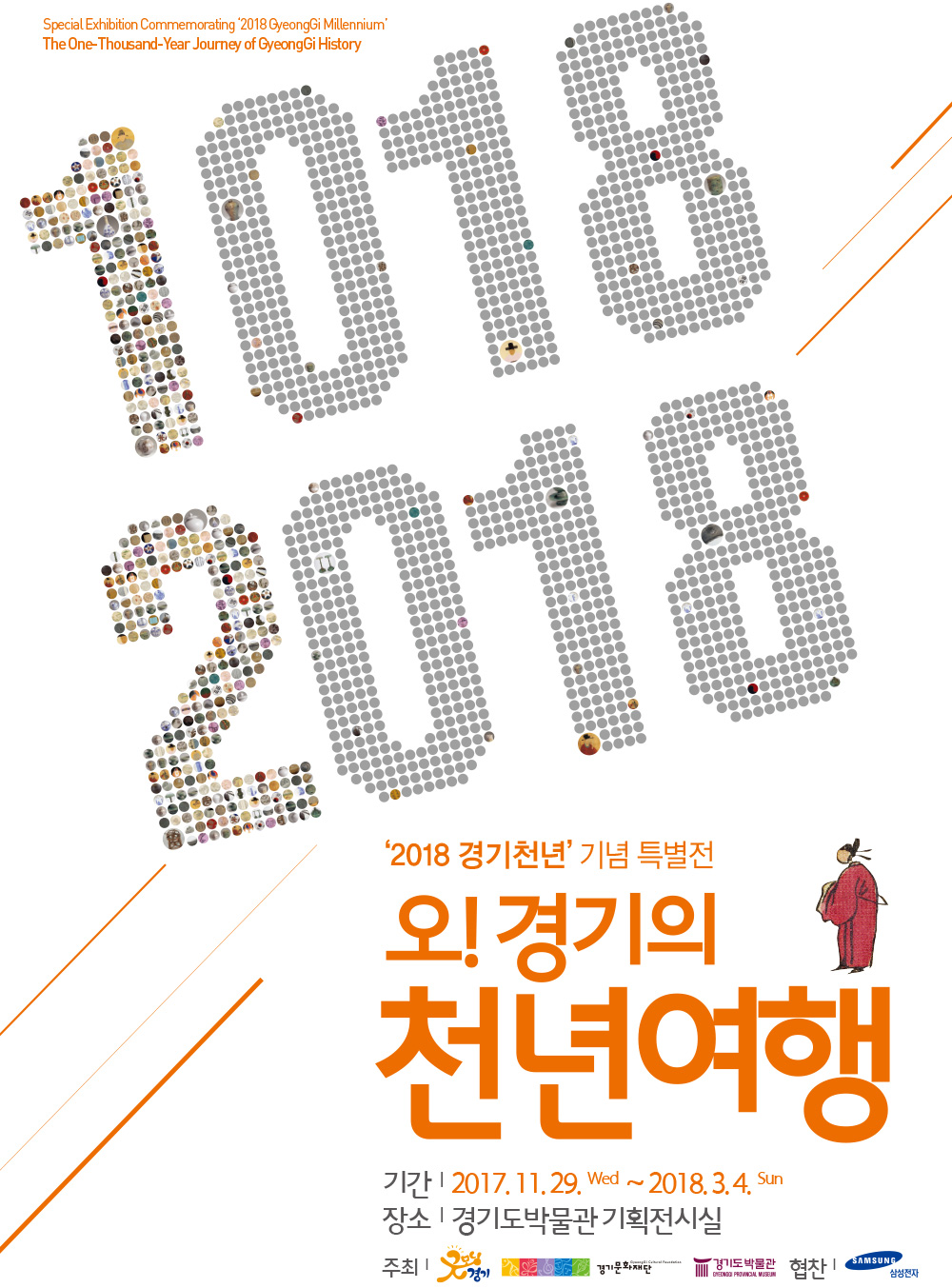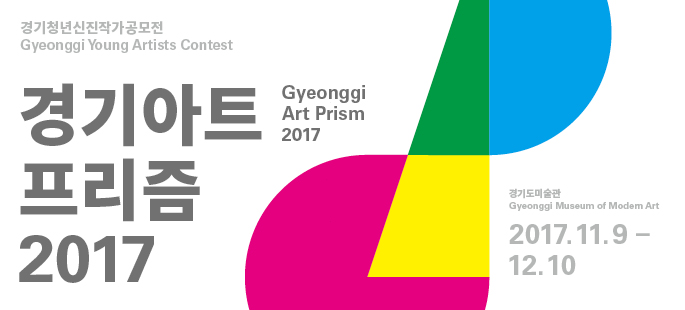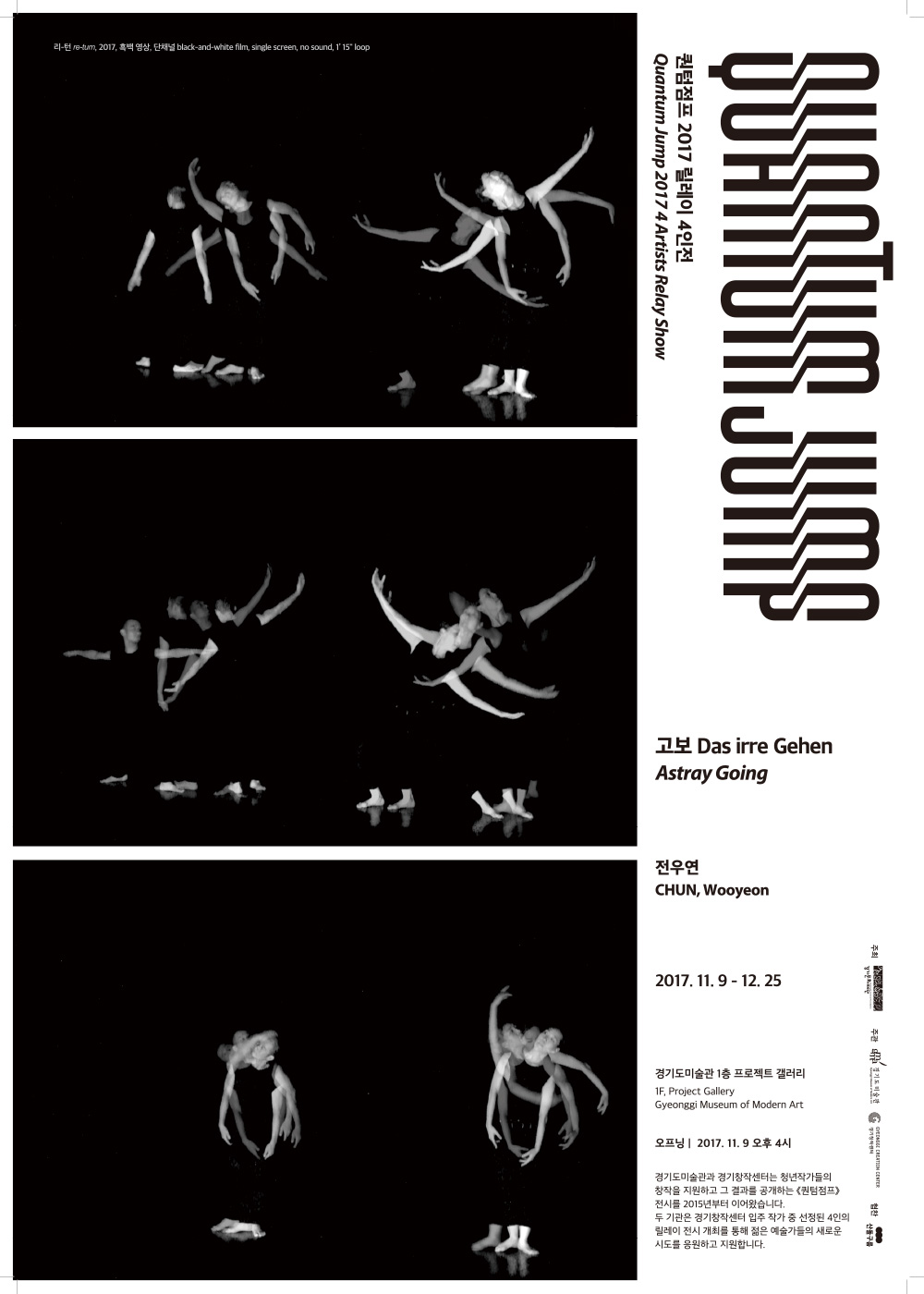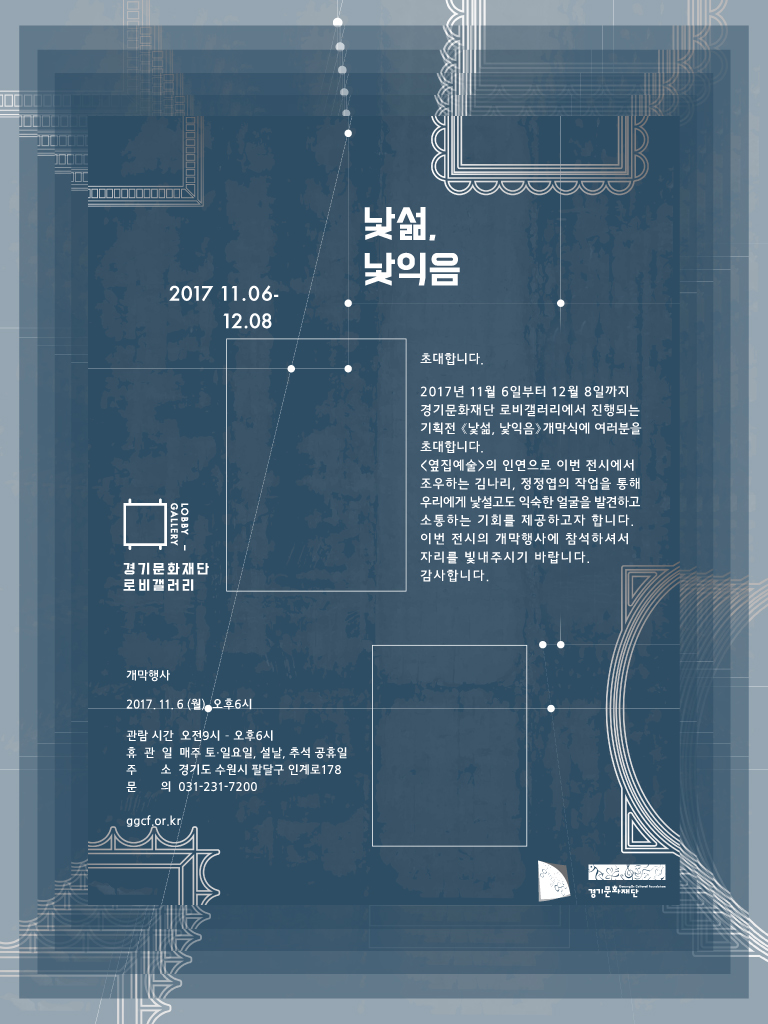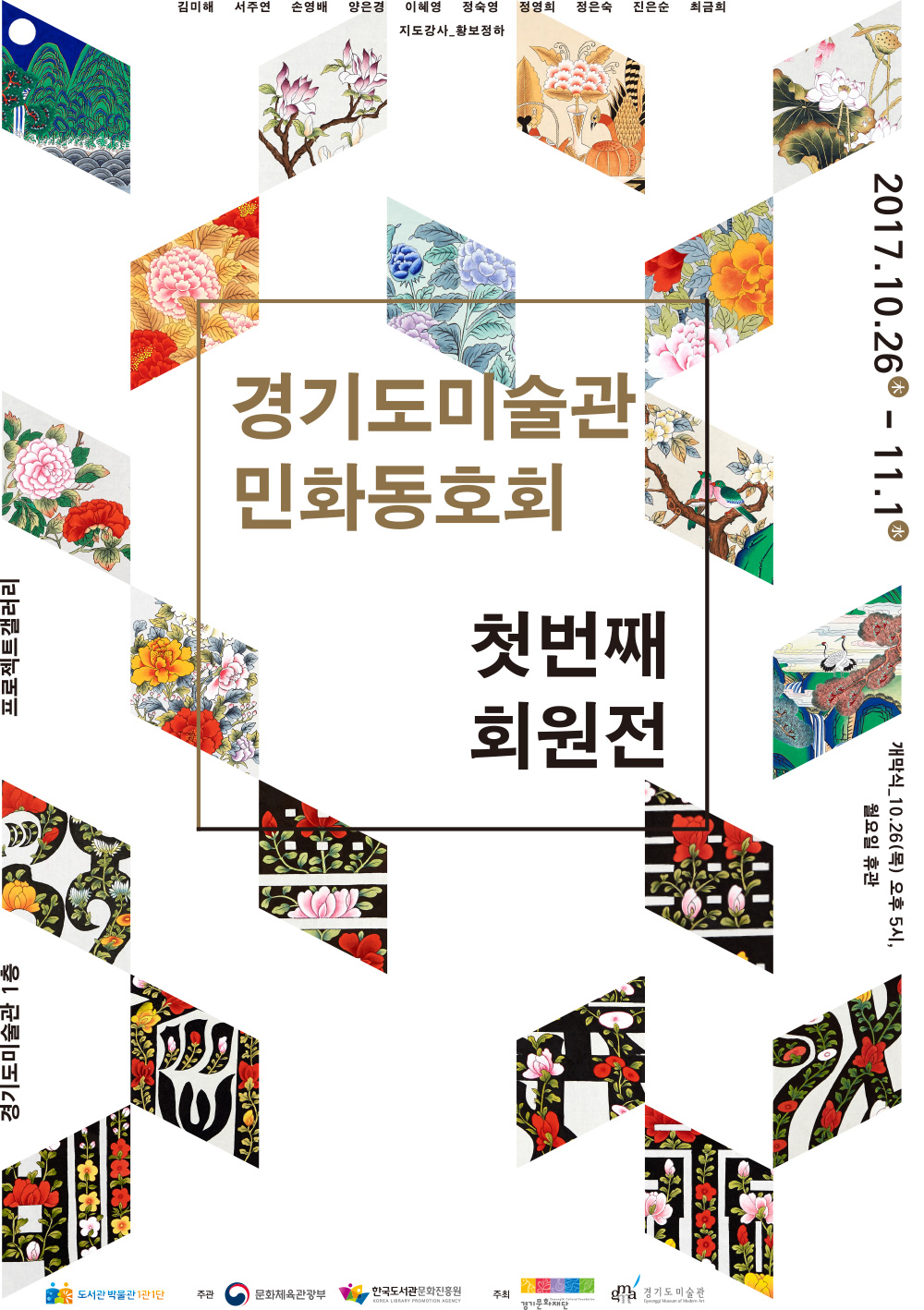Kim Yoonsu’s work is a clandestine visualization of fleeting moments in his time from his own perspective. We can feel meditations on time in his works that feature subject matter such as the moon, wind, waves, and the moments of fleeting hearts. Lee Chang-hoon displays works that cast light on time through the double-sideness innate in our lives. Paradise we come across on both sides of the gallery entrance may be a paradise we long for or a showcase of his perspective towards what on earth a paradise is. We may interpret and appreciate connotations innate in his works blended with different meanings on time.
Time impalpable physically and invisible visually exists in each individual as a relative concept and coexists in our lives. We are able to examine and ponder over diverse aspects of time through works by two artists who have brought moments they feel and experience in time similarly to the sphere of art. Their works through which we meet together are expected to offer us a meaningful time.

김윤수, 달빛(4_3600시간), 캔버스에 파스텔, 각19×27㎝, 가변크기, 2015

김윤수, TOUT ARRIVE(모든것이온다):from Manet’s notebook, 종이에 펜, 빈티지 액자, 나무, 22×70×20㎝, 2014


김윤수, 파도, PVC쌓기, 24×44.5×29㎝, 2016






